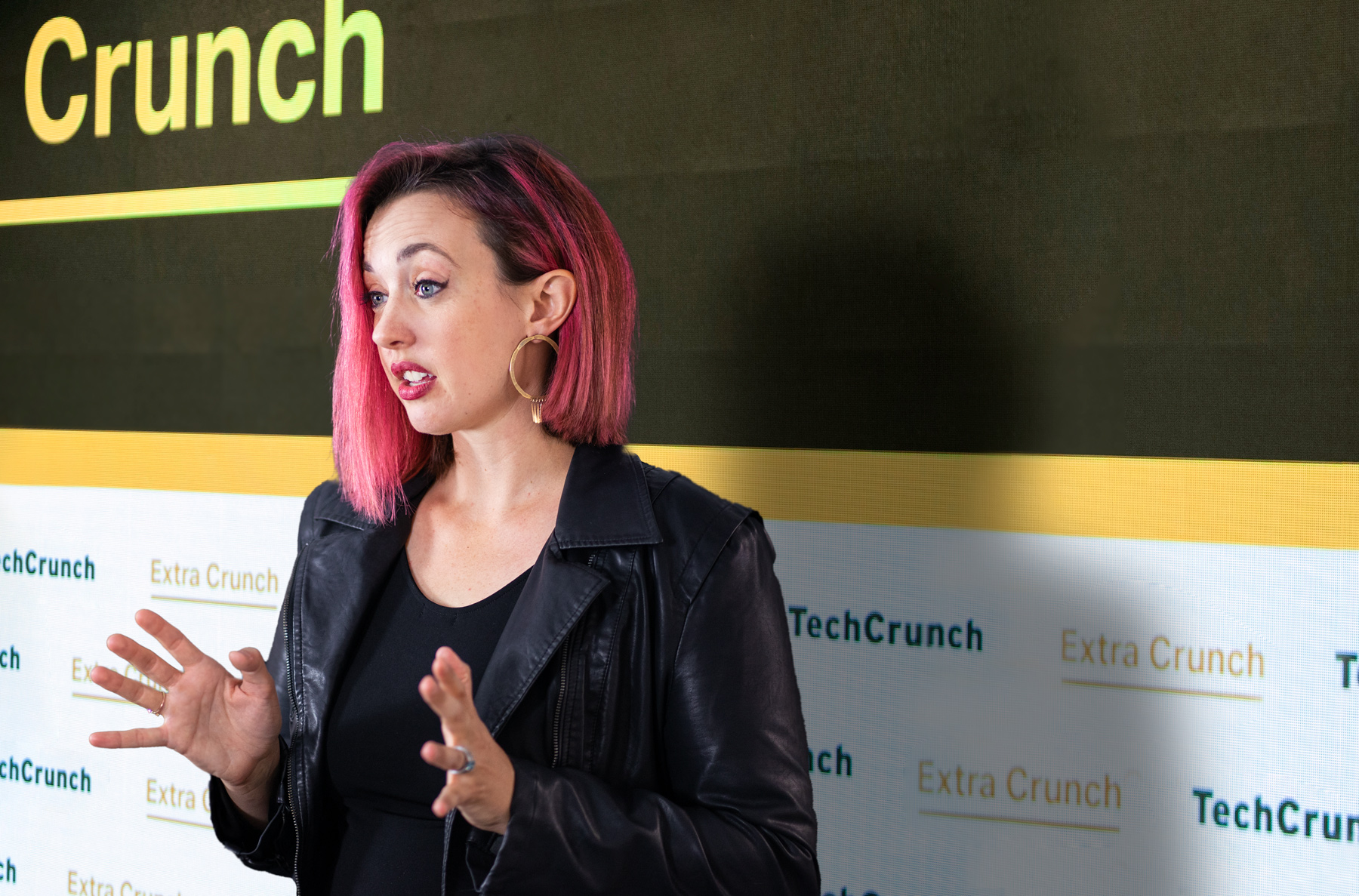Here’s another edition of “Dear Sophie,” the advice column that answers immigration-related questions about working at technology companies.
“Your questions are vital to the spread of knowledge that allows people all over the world to rise above borders and pursue their dreams,” says Sophie Alcorn, a Silicon Valley immigration attorney. “Whether you’re in people ops, a founder or seeking a job in Silicon Valley, I would love to answer your questions in my next column.”
Extra Crunch members receive access to weekly “Dear Sophie” columns; use promo code ALCORN to purchase a one- or two-year subscription for 50% off.
Dear Sophie:
I’m an entrepreneur who wants to expand my startup to the U.S. What are the benefits and drawbacks of various types of visas and green cards?
The ones I’ve heard the most about are the H-1B, O-1 and EB-1A.
— Intelligent in India
Dear Intelligent:
I’m happy to hear you’re considering the O-1A extraordinary ability visa and the EB-1A extraordinary green card! Individuals often assume they need to have won a Nobel Prize or some other major award or be well known in their field to qualify for either the O-1A or the EB-1A — and that’s simply not the case.

Image Credits: Joanna Buniak / Sophie Alcorn (opens in a new window)
“Particularly for folks from Asia, being a self-promoter is massively looked down upon. Humility is important,” says Navroop Sahdev, a pioneering economist and blockchain expert I recently interviewed for my podcast. Sahdev is founder and CEO of The Digital Economist, a Connection Science Fellow at Massachusetts Institute of Technology and a partner at NextGen Venture Partners.
She spoke with me about her immigration journey to the United States, which included two H-1B visas, an O-1A visa and an EB-1A green card.
Here are the pros and cons of each visa and green card that you listed.
H-1B visa
Overall, the requirements for the H-1B specialty occupation visa are not as stringent as those for the O-1A visa and the EB-1A green card, which is why many employers sponsor international students who are on an F-1 visa and recently graduated or on OPT (Optional Practical Training) or STEM OPT for an H-1B.
Because demand for the H-1B far exceeds the annual supply of 85,000, U.S. Citizenship and Immigration Services (USCIS) holds a random lottery to determine who can apply for an H-1B. (That random lottery is slated to switch to a wage-based selection process next year.)
Source: Tech Crunch


